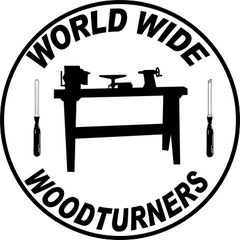Folks, this article is for the woodworker that likes to use Shellac. Shellac is a great way to finish wood, but, it can have a problem. The problem being, the shelf life of an open can of shellac is about 3 years. Once a can of shellac is unsealed, it begins degrading. Three years may seem like a long shelf life, but, you may not use it frequently enough. Also, it is possible that your can could deteriorate in less than 3 years. Do you find your purchased can of shellac spoiling? If you’re not going to finish a can in 3 years, a work around is making your own shellac from shellac flakes.
Maybe you should consider making your own shellac. You can make what you need and use it before it spoils. An opened container of shellac flakes doesn’t degrade. You can use shellac flakes and denatured alcohol to create shellac.
Seal Coat (thin shellac) is 2 lb flakes to 1 gallon of Denatured Alcohol. Seal Coat can be put under or over other coats.
Shellac is 3 lb dewaxed flakes in 1 gallon of Denatured Alcohol. Shellac sold in stores frequently contain wax, but, you should consider using dewaxed shellac flakes. When used:
- You can place wax or varnish over dewaxed shellac, caution place over some other products like poly.
- You CAN put shellac over other finishes.
Make your own shellac from Flakes. The rule of thumb, 4 oz liquid to 1 oz of flakes. That is, use the following mix:
- 4 oz (liquid) volume
- 1 oz (weight) of flakes
Here are some examples:
- 32 oz of liquid, 8 oz of flakes ≅ 1 quart of Shellac
- 16 oz of liquid, 4 oz of flakes ≅ 1 pint of Shellac
- 8 oz of liquid, 2 oz of flakes ≅ 1/2 pint of shellac
By the way, you do not want to buy old shellac. You can determine when the Shellac was produced. To determine the production date of the shellac, find the Lot number, labeled as:
Lot S9D05
Then, evaluate the lot number as follows:
- First Digit: 9 = last digit of year produced
- Second Charater: D = first letter of month produced
- Last 2 Digits: 05 = day of month produced
